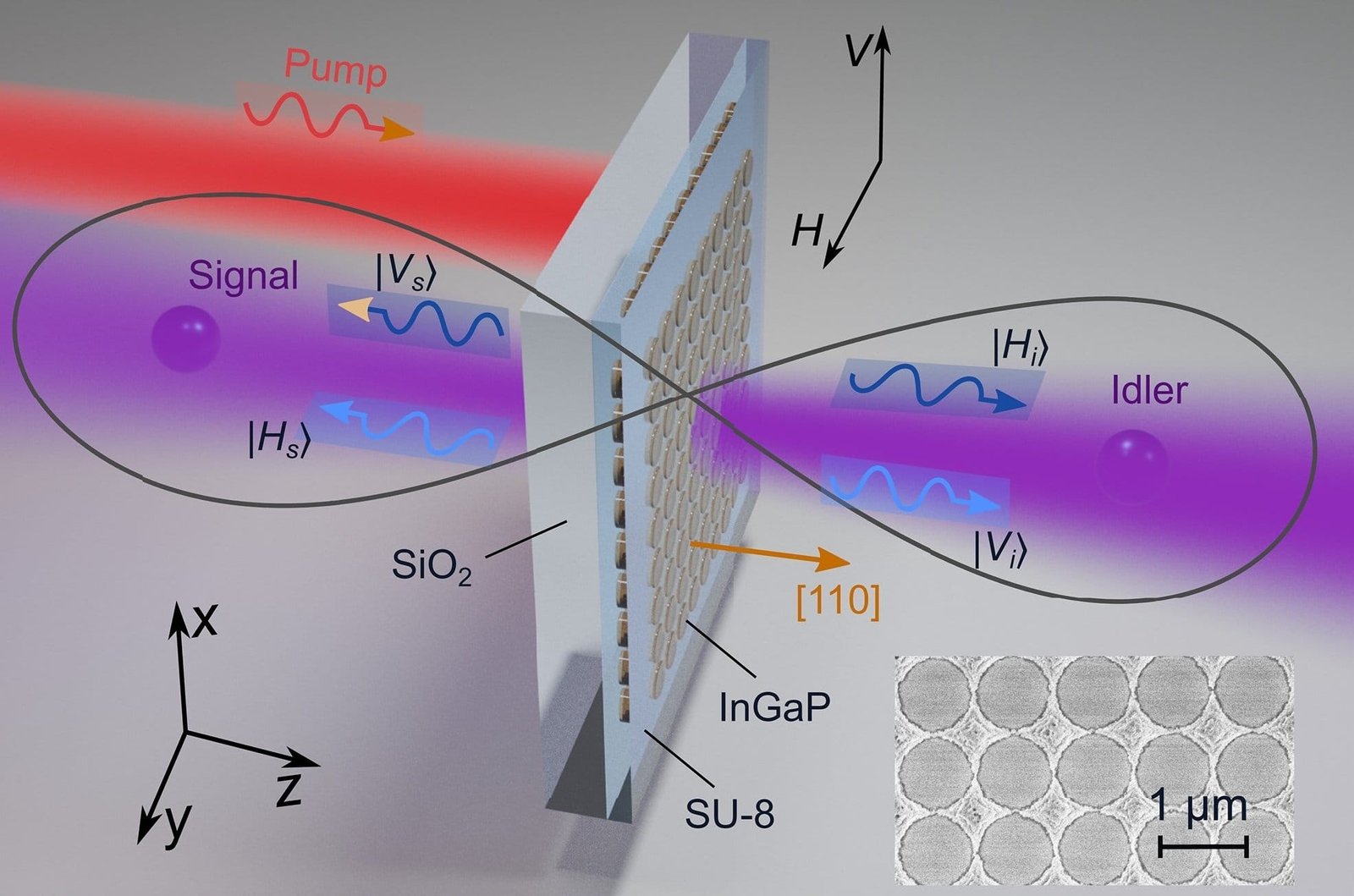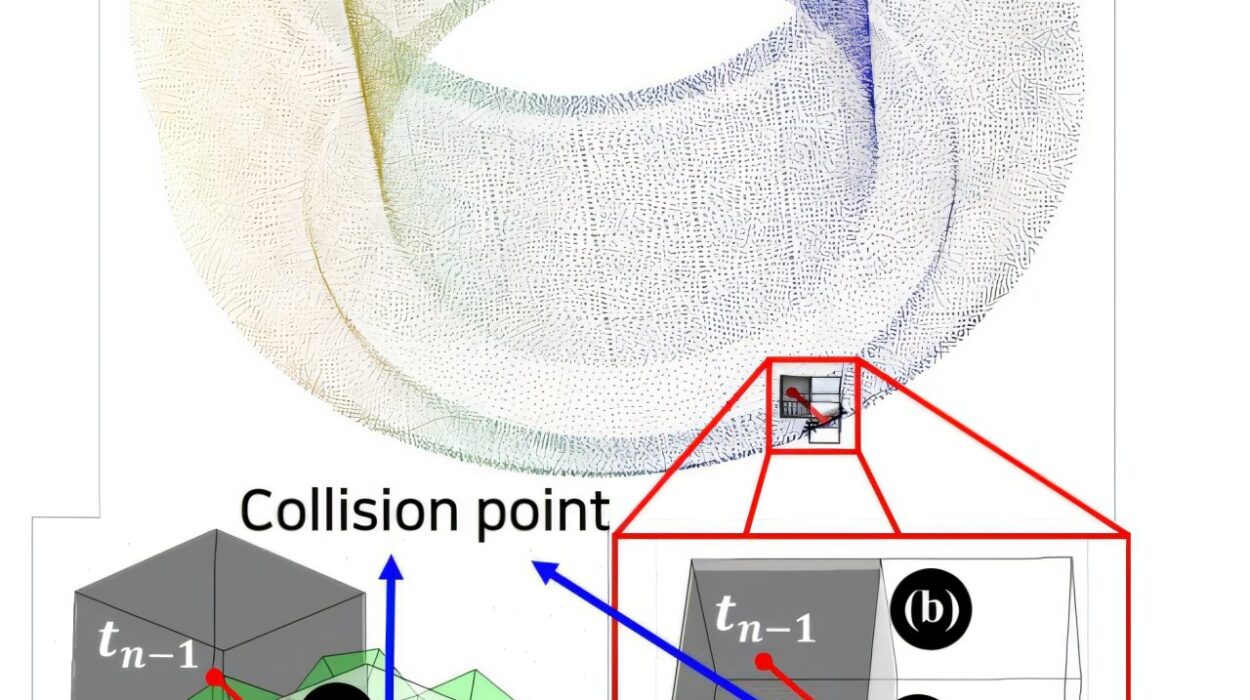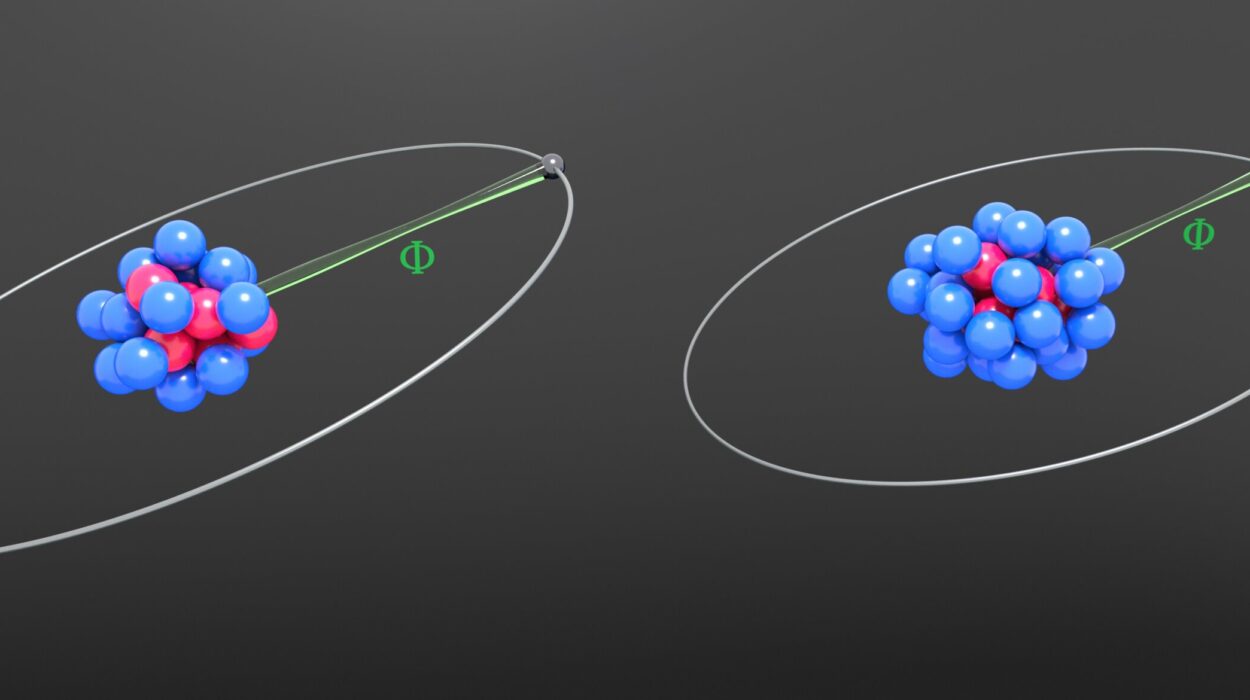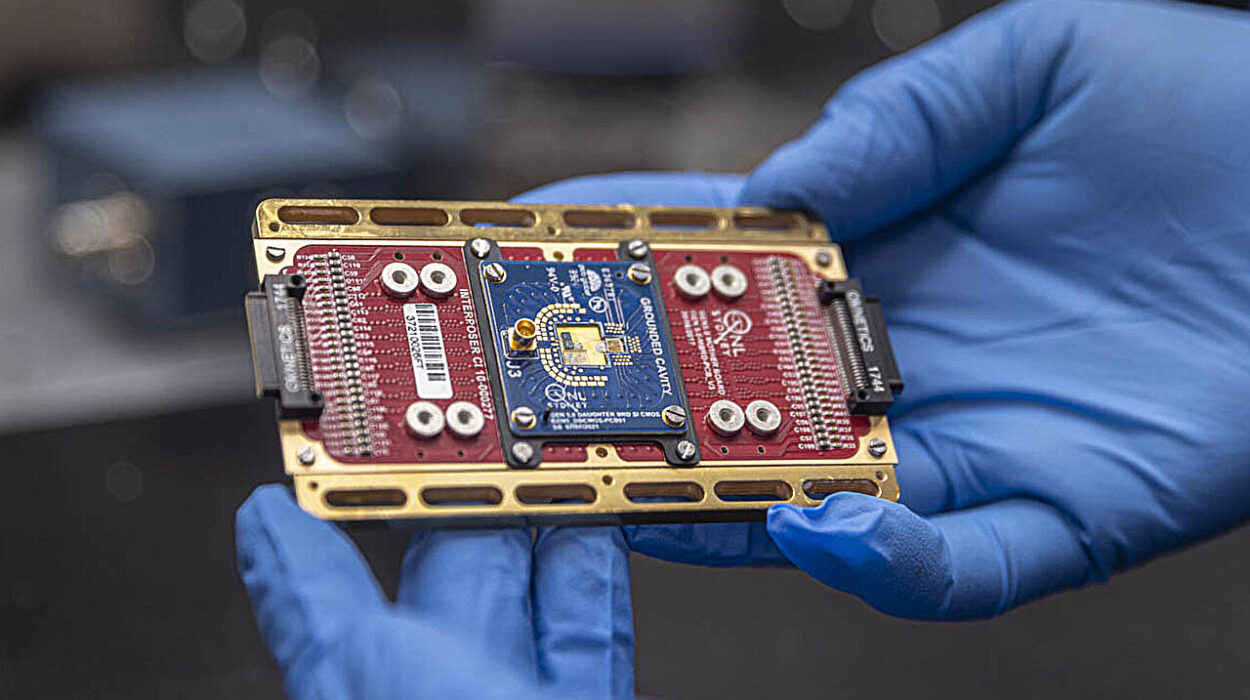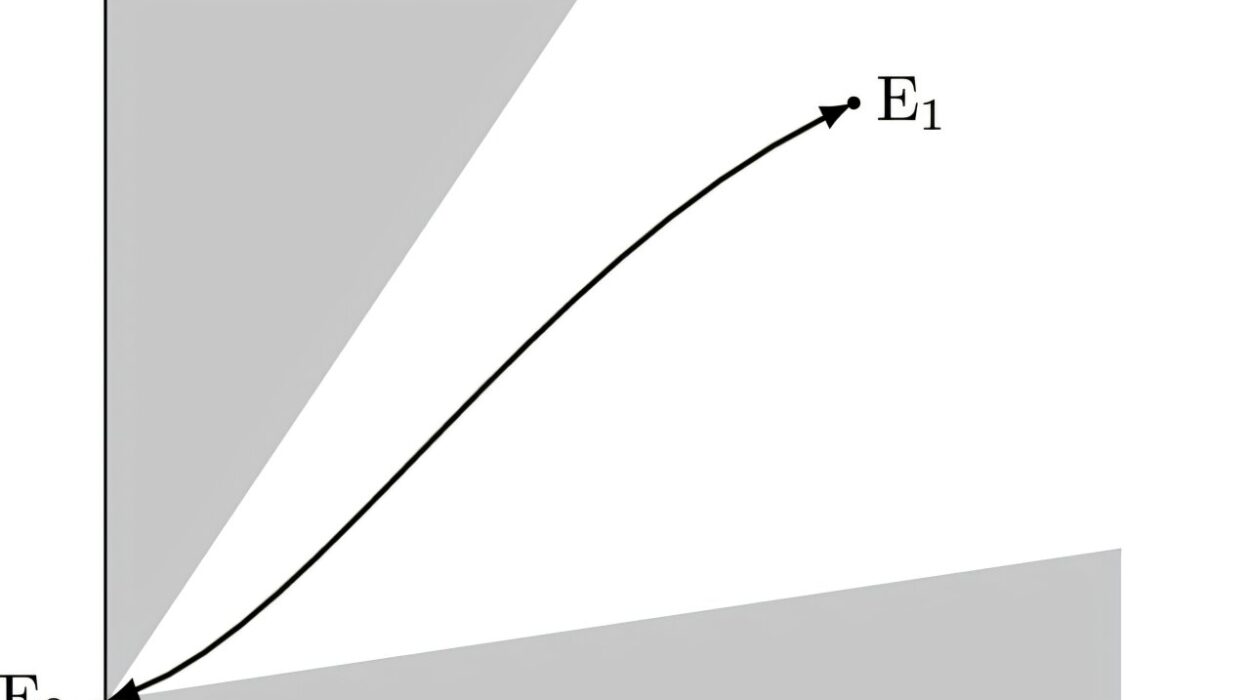In a world where the thinnest glass can shatter and the quietest whisper can be lost in noise, something extraordinary is happening on a scale thinner than a human hair. From a metasurface just a few hundred nanometers tall—thousands of times smaller than the width of a strand of hair—scientists have found a way to shape the very nature of light.
On this razor-thin platform, researchers at the University of New South Wales and the ARC Center of Excellence for Transformative Meta-Optical Systems (TMOS) have achieved something once thought impossible: they can generate pairs of quantum entangled photons, and they can tune how entangled these photons are, at will.
It’s like creating a duet between two particles of light—sometimes singing in perfect harmony, sometimes slightly out of tune, and sometimes performing completely different melodies—all controlled from a surface you could barely see under a microscope.
Rewriting the Rules of Entanglement
Entanglement has long been one of the strangest and most powerful phenomena in physics. When two photons are entangled, they become part of the same quantum state, no matter how far apart they are. Measure one, and you instantly know something about the other, even if it’s on the other side of the universe. Einstein famously called it “spooky action at a distance.”
Traditionally, generating entangled photon pairs required bulky, high-precision crystal optics—devices that are heavy, expensive, and notoriously hard to miniaturize. These setups are like concert halls: carefully tuned, stable, but rigid. You get the performance you’ve built the hall for—no more, no less.
But the new platform developed by Professor Andrey Sukhorukov and his research team isn’t a concert hall. It’s a stage with moving walls, sliding panels, and dynamic lighting. By tweaking the initial light input—a single classical photon with a carefully selected wavelength—the metasurface can generate entangled photon pairs whose quantum bond can be dialed in and out. Fully entangled. Not entangled. Anywhere in between.
And all of it is controlled by how you play the light.
The Physics of Asymmetry
At the heart of this revolutionary device is a material called indium gallium phosphide (InGaP). It’s a compound semiconductor that offers a rare combination of traits: a wide band gap, transparency in red-light wavelengths, and most crucially, a strong nonlinear optical response. This nonlinearity means that when you shine a high-intensity light on it, the material can perform quantum gymnastics—transforming a single high-energy photon into a pair of lower-energy, correlated photons.
But the real breakthrough wasn’t just in choosing InGaP. It came from twisting it.
Co-lead author Dr. Tuomas Haggren realized that previous researchers had explored using different crystal orientations of InGaP in the 1980s, but never applied them to modern metasurfaces. He revisited this idea with modern tools, and began experimenting with how the InGaP crystal was grown—specifically, rotating its internal lattice structure. Instead of the common [100] orientation, Haggren’s team used the [110] orientation, which dramatically increased the availability of the nonlinear effects needed for photon pair generation.
The twist—literally—unlocked a new regime of physics.
This new crystal configuration was grown using a technique called epitaxial growth at the Australian National Fabrication Facility, allowing atomic-level control over how the crystal was formed. What emerged was a surface that wasn’t just thin—it was asymmetric. One side of the metasurface was bonded to a silicon dioxide (glass-like) substrate. This subtle one-sidedness would become key to unlocking tunable entanglement.
A Playground of Light and Structure
Creating the surface wasn’t enough—the team had to sculpt it into a resonant structure, one that would enhance and amplify the photon pair generation. They designed a metasurface made of tiny pillars: each just 500 nanometers tall and less than a micron wide, arranged in a grid pattern with precisely 1 µm spacing between them. These nanoscopic towers act like antennas for light, catching the incoming pump photon and converting it into two longer-wavelength quantum photons via a process known as spontaneous parametric down-conversion.
A pump laser is shined at 90 degrees to the surface—either from above or below—injecting energy into the lattice of InGaP. Inside the material, due to its nonlinear properties, a single photon can split into a pair: one traveling in the same direction as the incoming light, and one going the opposite way. These two photons are not just siblings; they are quantum twins.
But here’s where the structure’s asymmetry adds something new. Because of the single-sided silicon dioxide substrate, the two photons are born into different environments—one sees the dense, engineered metasurface above, the other the smooth, transparent glass below. This breaks the symmetry of traditional entanglement, allowing the degree of quantum correlation between them to be adjusted—tuned, like a violin string—by simply changing the color of the pump laser.
Quantum Control With Picosecond Precision
It isn’t just the strength of the entanglement that can be changed. It’s how fast that change can happen.
Because the entanglement depends directly on the wavelength of the pump laser, and because modern lasers can shift their wavelength with incredible speed, the team discovered they could modify the degree of entanglement on the order of picoseconds—one trillionth of a second.
This is not just fast. This is quantum fast. Such speed makes the technology ideal for quantum communication, where different levels of entanglement can encode different types of information. For secure encryption, tuning entanglement on the fly could allow new protocols for distributing quantum keys with greater flexibility and robustness against hacking.
Hyperentanglement: Beyond the Basics
Most systems that create entangled photons only entangle them in one way—often through their polarization, which describes how the light waves oscillate. But the new platform does more.
Because of the structure’s unique geometry and asymmetry, the photon pairs are also spatially entangled—linked in where they are likely to be detected. This hyperentanglement, where two or more properties are entangled simultaneously, is rare and highly valuable. It allows for denser encoding of information and more powerful quantum operations.
Co-lead author Dr. Jinyong Ma noted that achieving this level of quantum complexity from such a flat, miniature platform is anything but trivial. It requires a delicate balancing act of optical modeling, resonance engineering, and material science. But the results speak for themselves: the signal-to-noise ratio in their device outperformed existing semiconductor optics by two orders of magnitude.
In other words, it’s cleaner, faster, and smaller than anything that’s come before it.
A Platform for the Future
Perhaps most exciting is what this platform makes possible. Now that researchers have demonstrated tunable entanglement from a metasurface, they can explore other degrees of freedom. Could they tune entanglement in time? In frequency? In orbital angular momentum—the twisted corkscrew shape of certain photons? Could they scale up to entangle dozens or hundreds of particles at once?
According to Professor Sukhorukov, this breakthrough is not the end of a journey but the opening of a door. The unique combination of nanoengineering, quantum optics, and asymmetry creates a new physics playground where ideas once confined to blackboards can now be tested in the lab.
The work shows that metasurfaces—once just a curiosity of nanophotonics—are ready to step onto the main stage of quantum technology. They’re small, fast, and infinitely adaptable. And with innovations like this, they could soon be powering the most secure communication systems, the most advanced sensors, and perhaps even the future quantum internet.
Reference: Jinyong Ma et al, Nonlinearity symmetry breaking for generating tunable quantum entanglement in semiconductor metasurfaces, Science Advances (2025). DOI: 10.1126/sciadv.adu4133
